Analyzing BYD's fifth generation DM-i: 2.9L/100km, 2100km range, how is it achieved?
 AshleyAug 21, 2024, 12:33 PM
AshleyAug 21, 2024, 12:33 PM
On May 28, two new blockbuster cars BYD QIN L DM-i and BYD SEAL 06 DM-i officially hit the market, the official guide price is 99,800-139,800 RMB both, and the fifth generation DM technology equipped is also finally launched. Before the launch of the two new cars, the details of the fifth-generation DM technology had been kept secret. However, the manufacturer still couldn't help revealing some information about this system, such as the total mileage of 2100km, and the low power consumption as low as 2.9 liters per 100 kilometers. Compared with the comprehensive endurance of approximately 1300 km and comprehensive fuel consumption of 3.8 liters per 100 km based on DM4.0 technology, the fifth-generation DM technology has greatly improved. How did they do it?

In order to achieve the goal of low fuel consumption and long range, BYD's fifth-generation DM technology mainly focuses on three major aspects: comprehensive upgrade of core components, optimization of software control strategies, and application of whole-temperature-range vehicle thermal management. Let's talk about it below.
Comprehensive Upgrade of Four Core Components
BYD official calls the fifth generation DM technology "electric power as the main power architecture," plug-in hybrid dedicated engine, EHS electric hybrid system, plug-in hybrid dedicated blade battery, these "three big parts of the hybrid system" have all been upgraded, and also used the innovative 12V lithium iron phosphate small battery to replace the traditional lead-acid battery.

The first, upgraded 1.5-liter plug-in hybrid dedicated high-efficiency engine
This new engine has a maximum power of 74 kW, a peak torque of 126 N·m. The highest thermal efficiency has broken through 46.06%, which claimed to be the highest in mass production, and it has obtained the authoritative certification of China Automotive Research.
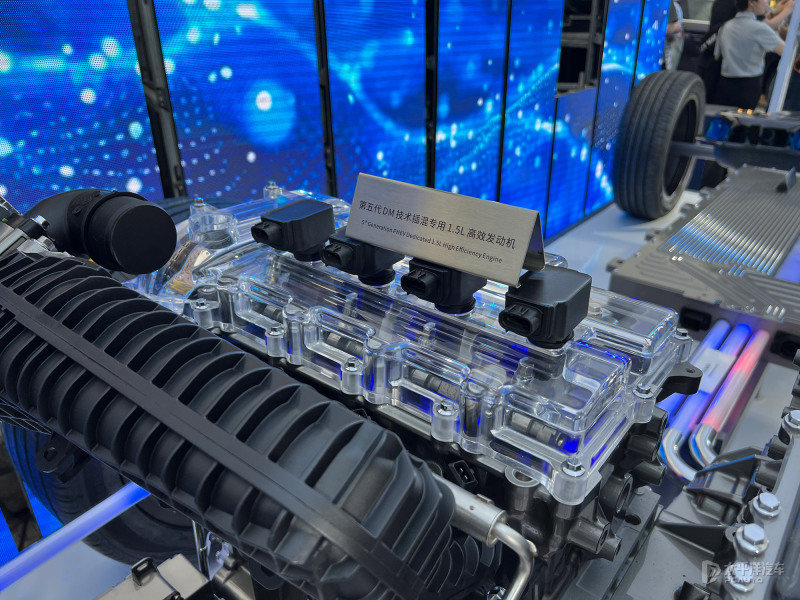
The high thermal efficiency is mainly achieved by enhancing 7 core technologies:
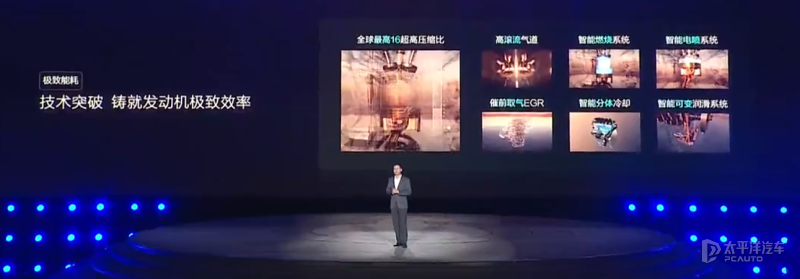
1、The ultra-high compression ratio of 16:1 can increase combustion temperature and pressure, which realizes larger expansion ratio, reduces pumping air loss, lowers exhaust temperature and improves combustion effect;
2、High swirl port design, which can improve mixed gas and accelerate combustion;
3、High-energy ignition, which reduces ignition delay and ensures combustion stability;
4、Intelligent electronic fuel injection system that can intelligently calculate the optimal fuel injection moment, control the amount of fuel entering the intake manifold according to demand, achieve the optimal EGR rate and the optimal combustion, thereby increasing engine efficiency;
5, exhaust gas is taken before the catalyst, which increases the pressure difference to make the gas more combustible, thereby enhancing combustion capability;
6, intelligent split cooling technology, which makes cylinder head and cylinder body cooling separately, intelligently adjusts the cooling capacity as needed, making energy saving more efficient;
7, variable displacement oil pump that precisely adjusts the oil supply as needed, quickly cools down, improves efficiency and can also save lubricating oil.
Through the improvement of these 7 core technologies, the thermal efficiency of this fifth-generation plug-in hybrid dedicated engine has reached a new high, and the energy consumption performance has naturally become better.
The second, the EHS hybrid system
Compared with the previous generation products, its overall working efficiency has increased from 87.6% to 92%, power density from 65kW/L to 75kW/L. And through the optimization of internal structure and materials, such as "ball + column" bearing, efficient clutch, low-viscosity lubricating oil, motor ultra-thin silicon steel sheet, etc., it greatly reduces the loss of energy flow path.

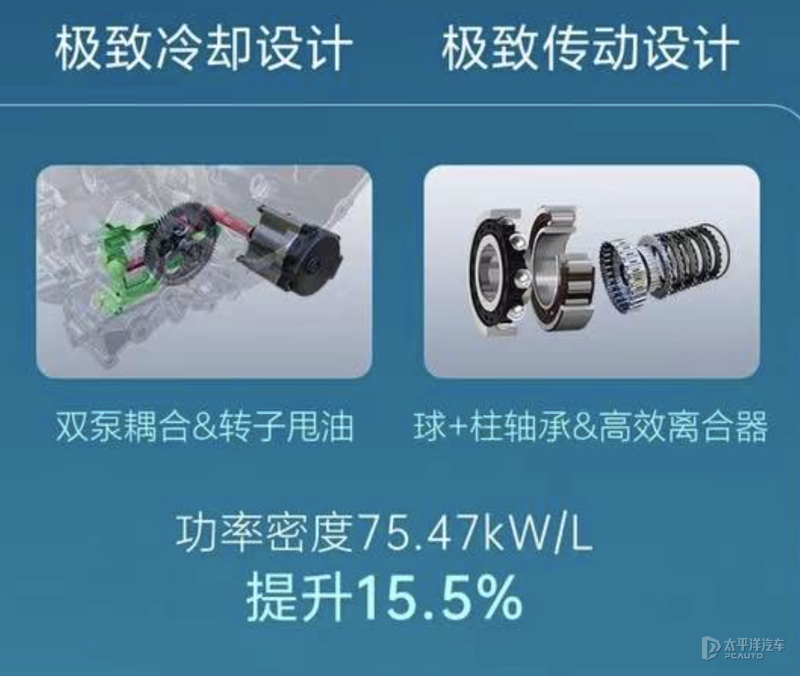
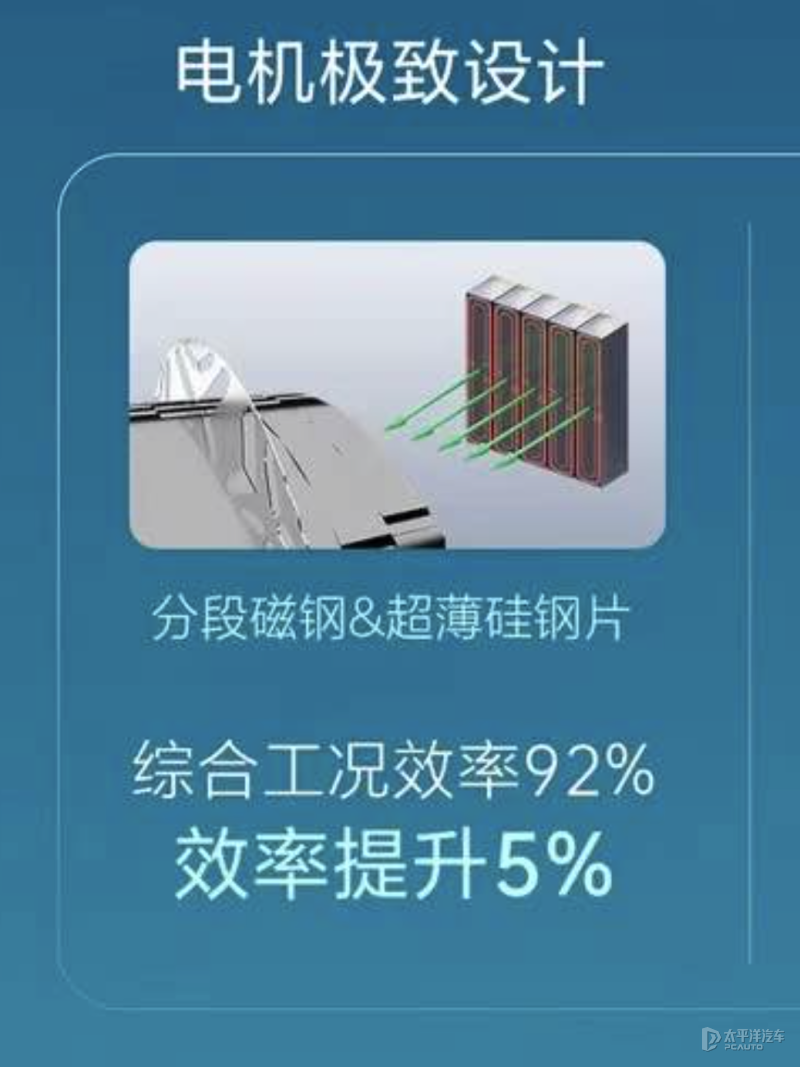
The third, the dedicated power blade battery for plug-in hybrids
The official introduction of this power type dedicated blade battery for plug-in hybrids uses an exclusive design that takes into account both power density and energy density.
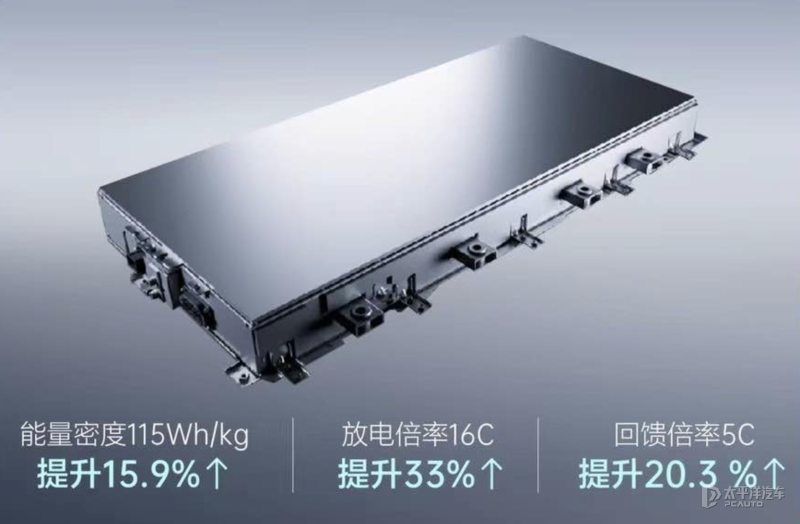
The battery energy density is increased by 15.9% compared to the previous generation through group efficiency optimization. To achieve the best balance of power and energy consumption, the battery's discharge rate is increased to 16C, and the regenerative power is enhanced to 5C. In addition, the weight of the battery has been reduced, and both its endurance and stability have been increased.

The fourth, 12V lithium iron phosphate start battery
This small battery can be considered an industry innovation. Compared with traditional lead-acid batteries, it not only has a smaller volume but also has independent management. As long as there is fuel in the car, it will always have power, and it can be used for 15 years without a problem. It basically does not need to be replaced, and there is no need to worry about losing power and seeking rescue. Although it's such a small battery, the official says it can save 0.1 liters of fuel.
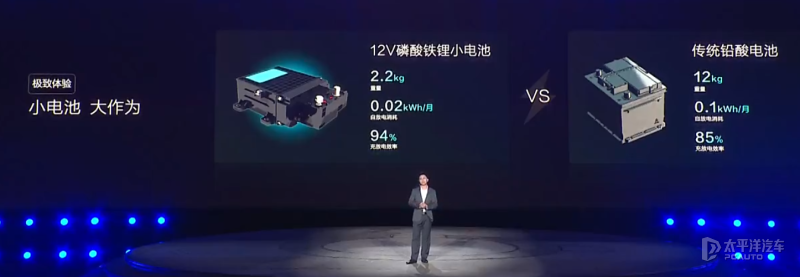
Software Control Strategy Optimization
After talking about hardware, let's talk about software. The seven-in-one power domain control used by the fifth generation DM technology integrates the voltage control unit, dual motor control unit, DC boost module, on-board charger, DC converter, power distribution unit and other seven components. Three processors such as the voltage control unit and the dual motor control unit are further integrated, and the calculation power is improved by more than double. These integrations and fusions not only make the controller parts smaller in size, but also greatly shorten the communication path, and the overall vehicle performance has also been improved.

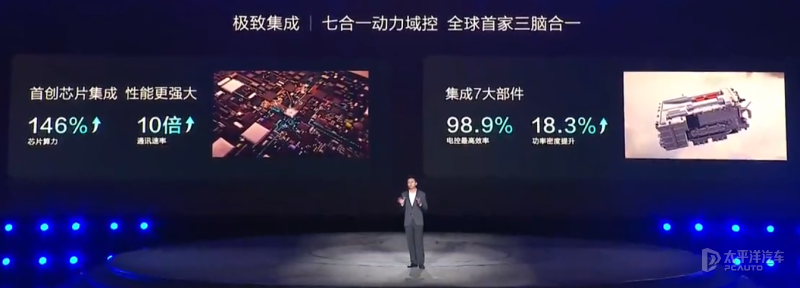
The use of full temperature range vehicle thermal management
Vehicle thermal management is divided into battery thermal management, front engine compartment thermal management and cabin thermal management.
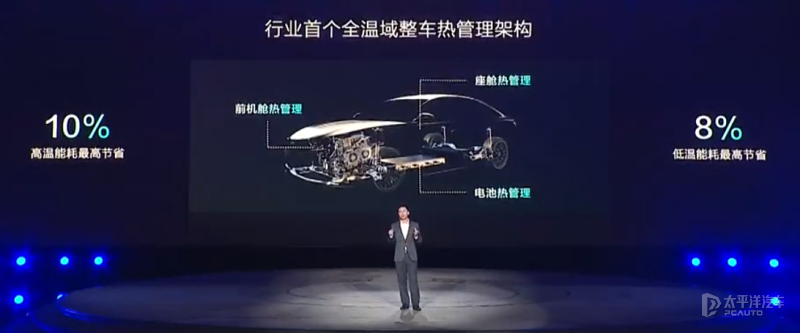
1. Battery Thermal management
This dedicated plug-in hybrid blade battery uses direct cooling technology with air-conditioning refrigerant flowing directly inside the battery, which not only shortens the cooling path but also has high cooling efficiency and low energy consumption.
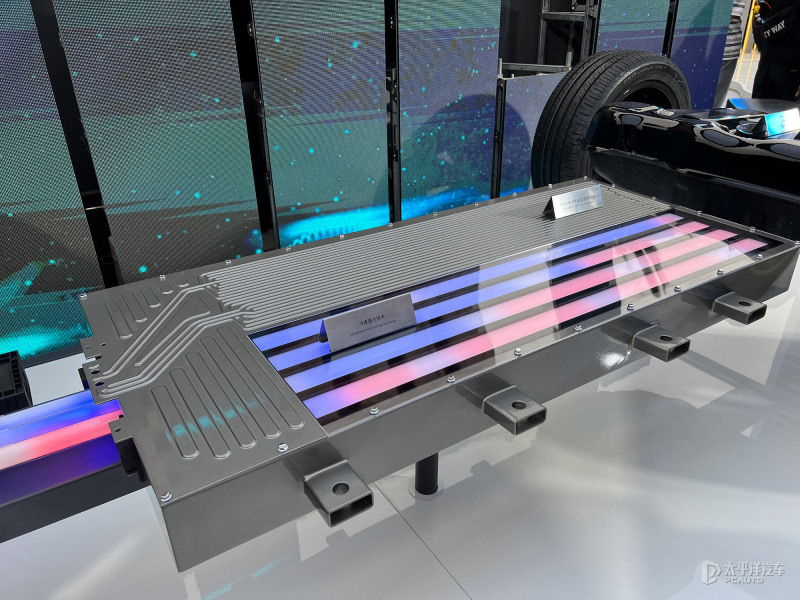
The direct cooling system of the battery has also been upgraded to the second generation. The refrigerant flow channel has been upgraded from the previous T-type to a cross flow channel to reduce the internal temperature difference of the battery and improve the uniformity of the battery temperature. It also adds intelligent control of the battery heat exchange to achieve active and uniform battery cooling.
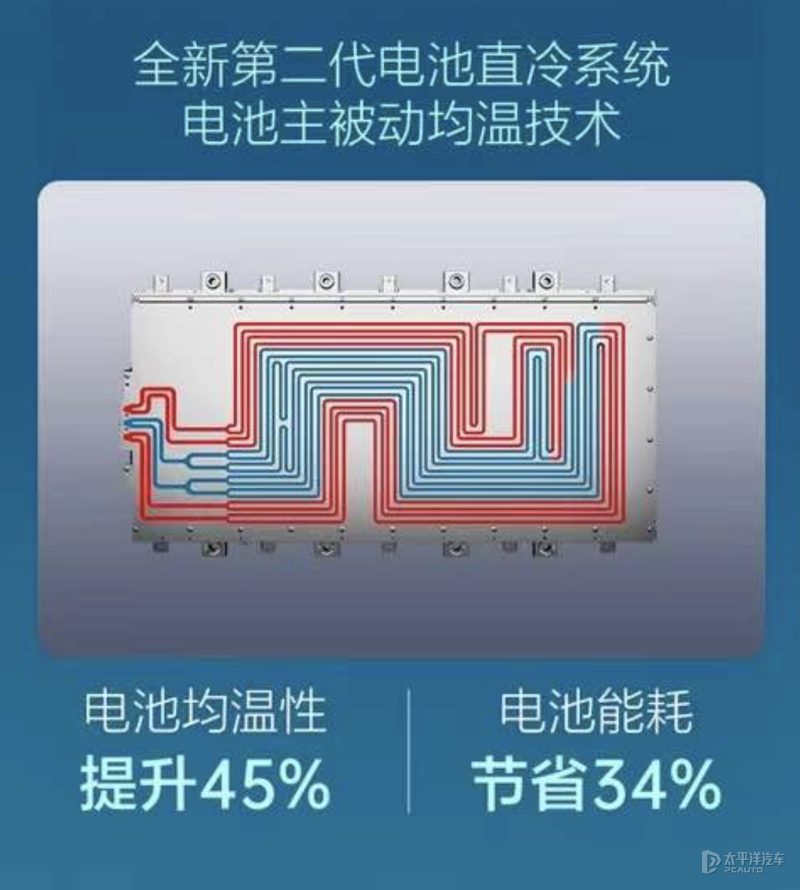
The battery self-heating system has also been upgraded to the second generation, covering charging and driving conditions at start-up. By exciting with pulsed high-frequency current, the heating speed is improved, so there's no need to worry about the inability of the battery temperature to rise affecting the charging and discharging ability in winter.
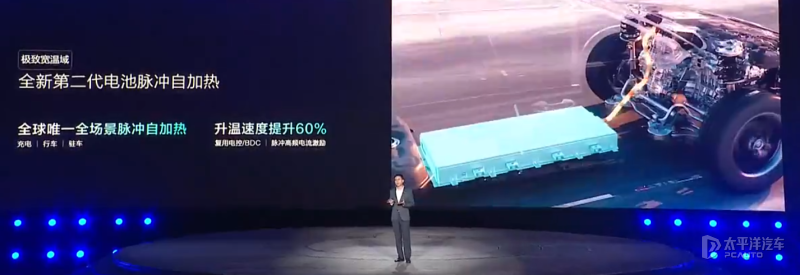
2. Front engine compartment heat management
Through the optimization of the electronic control system, the warm-up time of the engine and motor in the front engine compartment has been reduced compared to previous generation products.
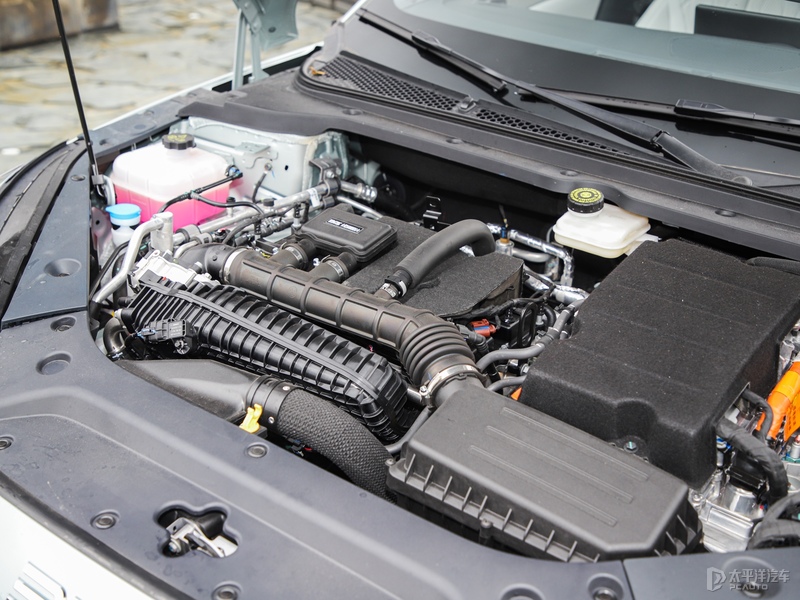
3. Cabin heat management
By improving compressor efficiency and reducing heat exchanger air resistance, the intelligent adjustment of the ratio of indoor and outdoor circulation air volume, air temperature, and maintaining cabin temperature control rate can be achieved. The cabin's cooling in summer and heating in winter can be faster. At the same time, the vehicle's ability to withstand extreme hot and cold environments will be stronger, and it can also reduce energy consumption. Low-temperature heating can save 0.07 liters of oil, and high-temperature cooling can save 0.13 liters of oil.
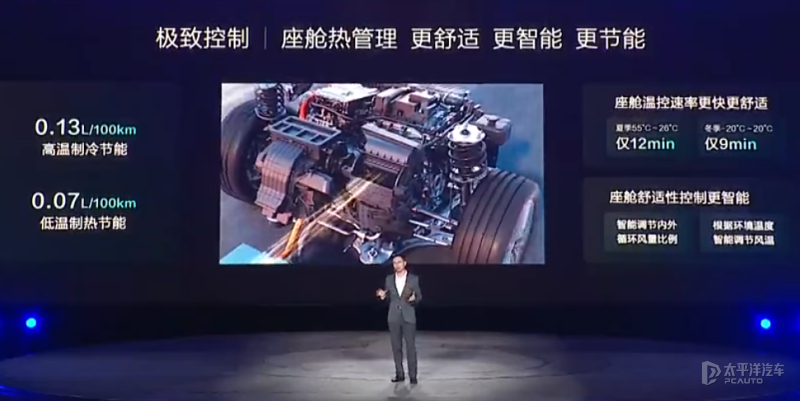
Summary
It is through a series of software and hardware upgrades and optimization described above, coupled with the low wind resistance and low roll resistance design of the vehicle, the fuel tank volume increased to 65 liters. The cumulative reduction in fuel consumption ultimately leads to the energy consumption and endurance performance of the fifth generation DM technology: NEDC power deficit fuel consumption 2.9 liters per 100 kilometers, CLTC power consumption 10.7 degrees, the combined cruising range can reach 2100 kilometers - who can compete with this energy consumption performance now?
If any infringement occurs, please contact us for deletion
Trending News

Perodua Traz VS Ativa, which one is more worth buying?
Traz, as a newly launched mid-sized SUV, offers more spacious room and mainstream power compared to small SUVs, but its pricing appears slightly higher than that of Ativa. Ativa, on the other hand, is Perodua's long-time best-selling small SUV with more affordable pricing and a balanced combination of power and tech features.

Perodua Myvi and Bezza may undergo major upgrades in 2026
After the update, the Bezza will no longer be just a low-cost alternative but a core model in the Perodua system with greater market competitiveness and brand premium potential. The upgrade of the Myvi is not to be unconventional but to strengthen the brand and market, ensuring that the Myvi continues to maintain its irreplaceable position in the new round of product competition.

Perodua Traz VS Toyota Yaris Cross, where does the Traz fall short?
Before the official launch of the Perodua Traz, market expectations were actually very high because it shares the same DNGA platform as the Toyota Yaris Cross. However, sharing the same platform does not equate to the same experience, and the Traz's final performance has indeed been disappointing. Perhaps it is precisely because of the delayed launch that it has almost no competitiveness in the current competitive environment.

Will the Toyota Yaris Cross come to Malaysia? If it comes, how much will it sell for?
The launch of Perodua Traz indicates that the market size of small SUVs in Malaysia has been expanding in recent years. However, the question naturally shifts back to Toyota. As a brand with the most comprehensive product line and a strong foundation in both the SUV and hybrid sectors, will Toyota choose the Yaris Cross to participate in this small SUV competition?

Why is the Toyota Sienna so popular with so many people?
In Malaysia, most family MPVs choose Toyota Alphard, Vellfire, or Kia Carnival. These models each have their advantages in luxury, space, or brand influence, but models that truly balance large space, multifunctional practicality, fuel efficiency, and reliability are rarely seen.
Popular Cars
Model Year
Car Compare
Car Photo

